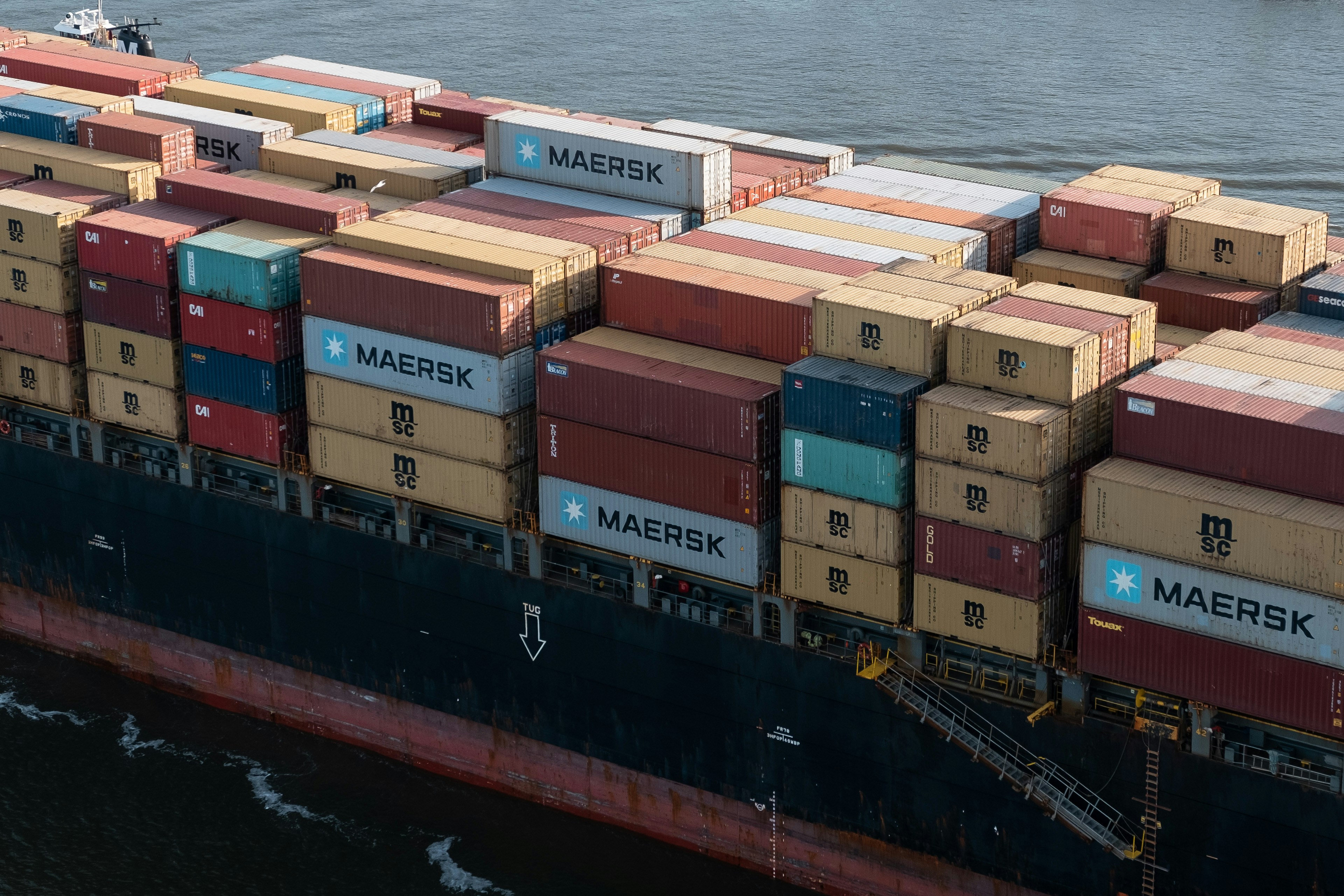The Road Ahead: Exploring the Future of Self-Driving Semi Truck Trailers and Their Associated Risks
Introduction to Self-Driving Semi Trucks
Self-driving semi trucks represent a significant advancement in the logistics and transportation industries, showcasing the integration of cutting-edge technology into conventional freight logistics. The development of autonomous driving technology has gained momentum over recent years, driven by a confluence of factors including advances in artificial intelligence, sensor technology, and machine learning. These developments enable semi-trucks to navigate complex environments with minimal human intervention, thereby transforming traditional hauling practices.
The technology underlying self-driving semi trucks encompasses several critical components, including LIDAR, cameras, radar systems, and advanced computing algorithms. LIDAR creates detailed 3D maps of the truck’s surroundings, while cameras and radar systems assist in object detection and distance measurement. Together, these technologies allow for real-time analysis of road conditions, traffic patterns, and potential obstacles, facilitating safer driving decisions. This technological synergy not only lowers the risk of accidents but also enhances overall logistics efficiency by optimizing routes and reducing delivery times.
As of now, many logistics companies and manufacturers are actively exploring the potential of self-driving semi trucks. A growing number of pilot programs and collaborations within the industry are taking place to assess the benefits and challenges of deploying autonomous vehicles on a broader scale. These trucks promise improved safety by minimizing human error, which remains a leading cause of accidents in road transportation. Moreover, they offer operational efficiencies such as reduced fuel consumption and lower labor costs, making them an attractive option for industry stakeholders looking to streamline operations.
In essence, the increasing interest in self-driving semi truck trailers reflects a pivotal shift towards embracing innovative technologies in the transportation sector. Continued advancements in this field will likely pave the way for a future where autonomous trucking becomes a predominant facet of supply chain operations.
Advancements in Technology and Regulation
The advancement of technology plays a crucial role in the realization of self-driving semi truck trailers. Central to this transformation is the sophistication of artificial intelligence (AI) systems, which enable these vehicles to make real-time decisions based on input from an array of sensors. These sensors, including radar, lidar, and cameras, work collaboratively to provide a comprehensive view of the surrounding environment, allowing the trucks to navigate safely and efficiently. Machine learning algorithms enhance this capability by continuously learning from vast amounts of driving data, ultimately improving the vehicles’ performance and safety through predictive analytics.
As the technology matures, so too must the regulatory frameworks that govern the operation of autonomous trucks. Government agencies are integral to ensuring that these technological advancements align with public safety and road regulations. In recent years, substantial progress has been made regarding the development and implementation of regulatory guidelines. This includes rigorous safety testing protocols and certification processes that autonomous trucks must pass before they can be deployed on public roads. Key milestones have been achieved, reflecting the tireless efforts of both automakers and regulatory bodies to foster an environment where these vehicles can operate sustainably and safely.
Moreover, the evolution of laws surrounding self-driving technology is pivotal. Legislators are increasingly crafting policies that address not just the technological aspects but also the ethical implications and liability issues associated with autonomous trucking. This includes clarity around insurance requirements, as well as protocols for data sharing in case of incidents involving self-driving trucks. Industry stakeholders, including manufacturers and trucking companies, are actively engaging with regulatory agencies to ensure that new guidelines facilitate innovation while prioritizing safety on the roads. As the landscape of self-driving semi truck technology continues to evolve, so will the regulatory frameworks that support it, creating a balanced approach to advancing this revolutionary mode of transportation.
Potential Benefits of Autonomous Trucking
The advent of autonomous truck technology brings with it a host of potential benefits that could fundamentally transform the logistics and transportation industry. One of the primary advantages is the significant reduction in labor costs. With self-driving semi trucks, companies can depend less on human drivers, leading to substantial savings on wages, training, and benefits. This factor alone could allow logistics companies to reallocate resources towards enhancing technology and infrastructure development.
Furthermore, the introduction of autonomous trucking is expected to significantly improve supply chain efficiency. Self-driving trucks can operate continuously without the need for rest breaks, enabling quicker deliveries and ensuring timely transportation of goods. This ability not only optimizes routes but also enhances the overall capacity for freight movements across the nation, helping to alleviate supply chain bottlenecks that result from driver shortages.
Another vital benefit is the potential for lower fuel consumption. Autonomous trucks can be programmed to optimize driving patterns, such as maintaining constant speeds and minimizing abrupt stops. By doing so, these vehicles can achieve higher fuel efficiency, which translates to cost savings for transportation companies. Additionally, the reduction of fuel consumption supports sustainability efforts within the logistics sector, contributing to lower carbon emissions and promoting environmentally friendly practices.
Moreover, the implementation of self-driving technology could lead to fewer accidents, as human error is often a contributing factor in road incidents. The sophisticated algorithms used in autonomous vehicles facilitate better decision-making and reaction times compared to human drivers, potentially ushering in a new era of safety on our roads.
In summary, the integration of autonomous trucks into the transportation framework presents numerous benefits, including cost savings, enhanced supply chain efficiency, reduced fuel consumption, and improved safety, which together could significantly bolster economic gains for the industry.
Risks and Challenges Associated with Self-Driving Trailers
As the technology behind self-driving semi-truck trailers evolves, several risks and challenges must be addressed to ensure safe and efficient integration into existing transportation systems. One significant concern is cybersecurity. The reliance on complex software and connectivity opens the door to potential cyber-attacks that can compromise the functionality and safety of these vehicles. Hackers could manipulate the systems, leading to catastrophic failures or accidents, emphasizing the need for robust cybersecurity measures.
Another critical challenge is the potential impact on employment within the trucking industry. The implementation of autonomous semi-trucks could displace a significant number of truck drivers, raising concerns about job losses and the economic effects on communities that rely heavily on the trucking sector. It is essential to consider retraining and reskilling programs to aid affected workers in transitioning to new roles created by the evolving industry.
Ethical considerations surrounding AI decision-making also pose challenges. In scenarios where a self-driving trailer must make split-second decisions to avoid an accident, questions arise regarding the criteria used for these choices. How should an AI prioritize safety, property, and ethical dilemmas? Developing guidelines and standards for responsible AI behaviors is crucial to address these ethical concerns adequately.
The infrastructure to support autonomous vehicles is another significant hurdle. Current road systems may not be designed to accommodate self-driving trailers, necessitating upgrades and potentially costly renovations. Additionally, possible failures, such as technical malfunctions during operation or challenges encountered in real-world testing, could hinder the rollout of this technology.
In conclusion, while self-driving semi-truck trailers hold the promise of revolutionizing the logistics industry, they also bring forth numerous risks and challenges that must be methodically addressed. Collaboration between technology developers, regulators, and industry stakeholders is vital to create a safe and viable future for autonomous vehicles. Ensuring safety, ethical considerations, and infrastructure adequacy will be imperative in navigating this complex landscape.
editor's pick
latest video
news via inbox
Nulla turp dis cursus. Integer liberos euismod pretium faucibua






